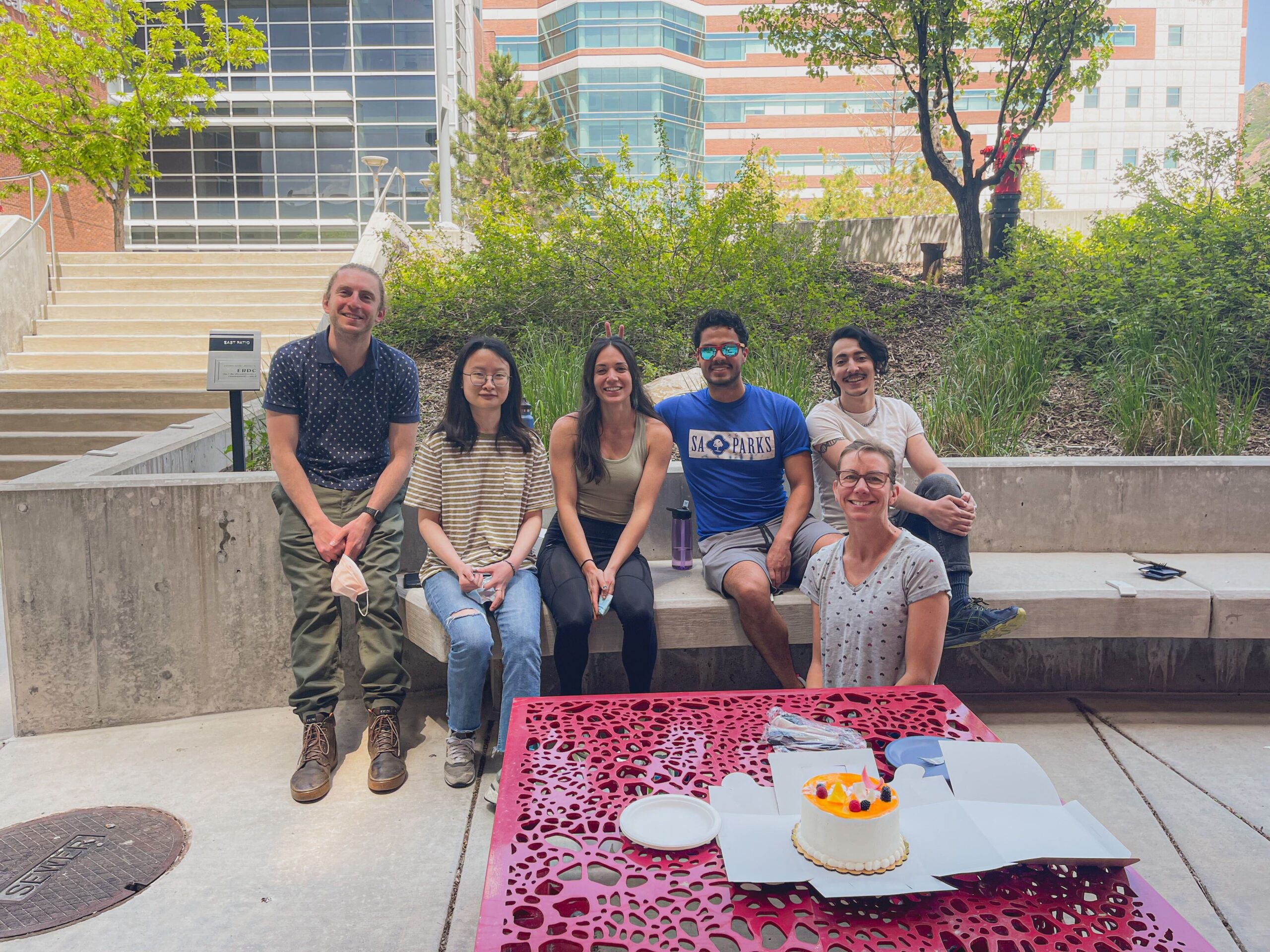Project Background
Synapses are specialized cell junctions critical for all brain functions. In the brain, there are hundreds of different types of synapses, however; little is known about the molecules that specify the formation of different types of synapses. Our lab identified a molecule called Kirrel3 that is necessary for the formation of one very specific type of synapse in the hippocampus, a brain region critical for learning and memory. This synapse connects DG excitatory neurons to GABAergic inhibitory neurons. Mice that are missing Kirrel3 fail to form these synapses and we showed that this causes a severe imbalance of activity in the hippocampus. Now that we know Kirrel3 is an important molecule for brain development, we aim to understand more about how it works. This includes where it localizes in the neuron, what proteins it interacts with, and whether Kirrel3 functions on the pre and/or postsynaptic side (dendrites vs axons). This work is also clinically relevant because mutations and copy number variations in Kirrel3 are associated with Autism and intellectual disability in humans. Thus, our results have potential to help understand the causes of these disorders and could led to new drug treatments in the future.
Student Role
The goal of this project is to analyze synapse formation in transgenic mice in which Kirrel3 is selectively deleted from different types of neurons (presynaptic vs postsynaptic). Synapses will be analyzed by light and electron microscopy using advanced software. The SPUR student will have their own desk in the main lab and work directly with a graduate student. We generally operate under a system in which the student will observe a technique first, then conduct the technique with a lab mentor helping, and then try the technique on their own. Students will observe mouse surgeries to deliver viral vectors in mice. Students will then gain hands on experience sectioning mouse brains, staining sections, imaging those sections on a super-resolution confocal microscope, and analyzing the fluorescent images in 3D using NeuroLucida360 Software. Students will also have a chance to work with a large electron microscope dataset that is in the lab. Here, they will use specialized software to reconstruct synapses in 3D from the electron micrographs. All the tools including mice, virus, microscope, and software are ready and available in our lab. In addition, students will gain familiarity with reading the primary literature, and will be able to learn about and observe many other molecular, imaging, and mouse behavioral techniques going on in the lab.
Student Learning Outcomes and Benefits
This project consists of a broad range of tools and concepts that involves molecular biology, genetics, neuroscience, and data analysis. Thus, the technical skills and biological concepts students learn will be applicable to almost any scientific direction or field the student chooses to pursue. More fundamentally, the experience should help students learn to think critically and work as a team. I am the current director of the Neuroscience PhD program and participate in medical school teaching. Thus, I aspire to provide undergrads with valuable insight to graduate and medical school. If possible, the student's work could lead to authorship in a future publication. In fact, every paper published from our lab thus far has undergraduate authors. In addition, several past lab members have gone on to successful careers in biotech and teaching positions so we can connect students to alumni with interests in those areas. Importantly, undergraduate research is naturally exploratory and is a great way to see if science is a potential career.

Megan Williams
Every student is unique so one size does not fit all. Two important steps in the beginning of a mentoring relationship are to listen to a student's goals and then ask them what they think they need to succeed.
